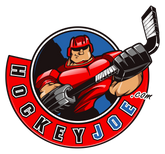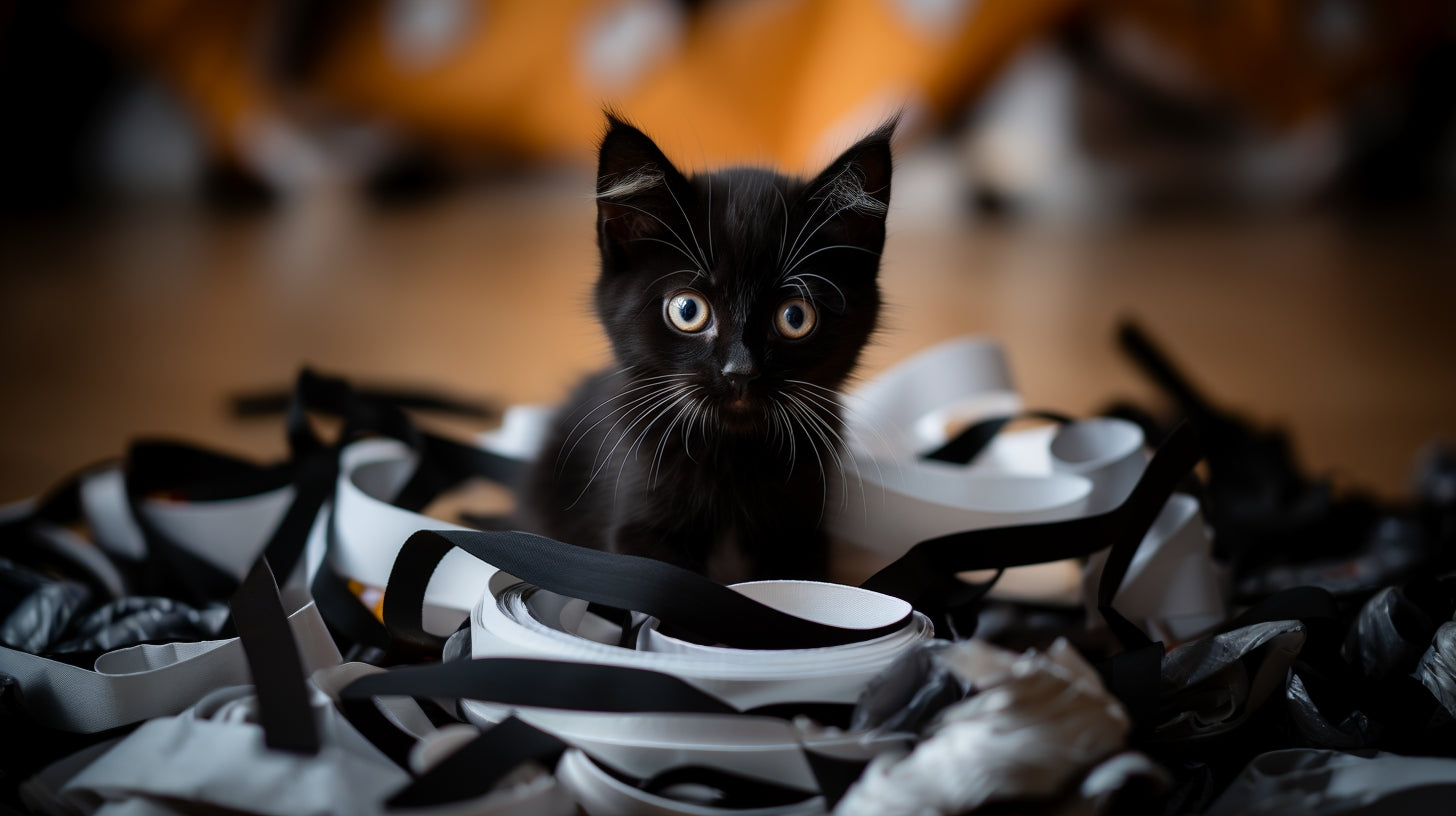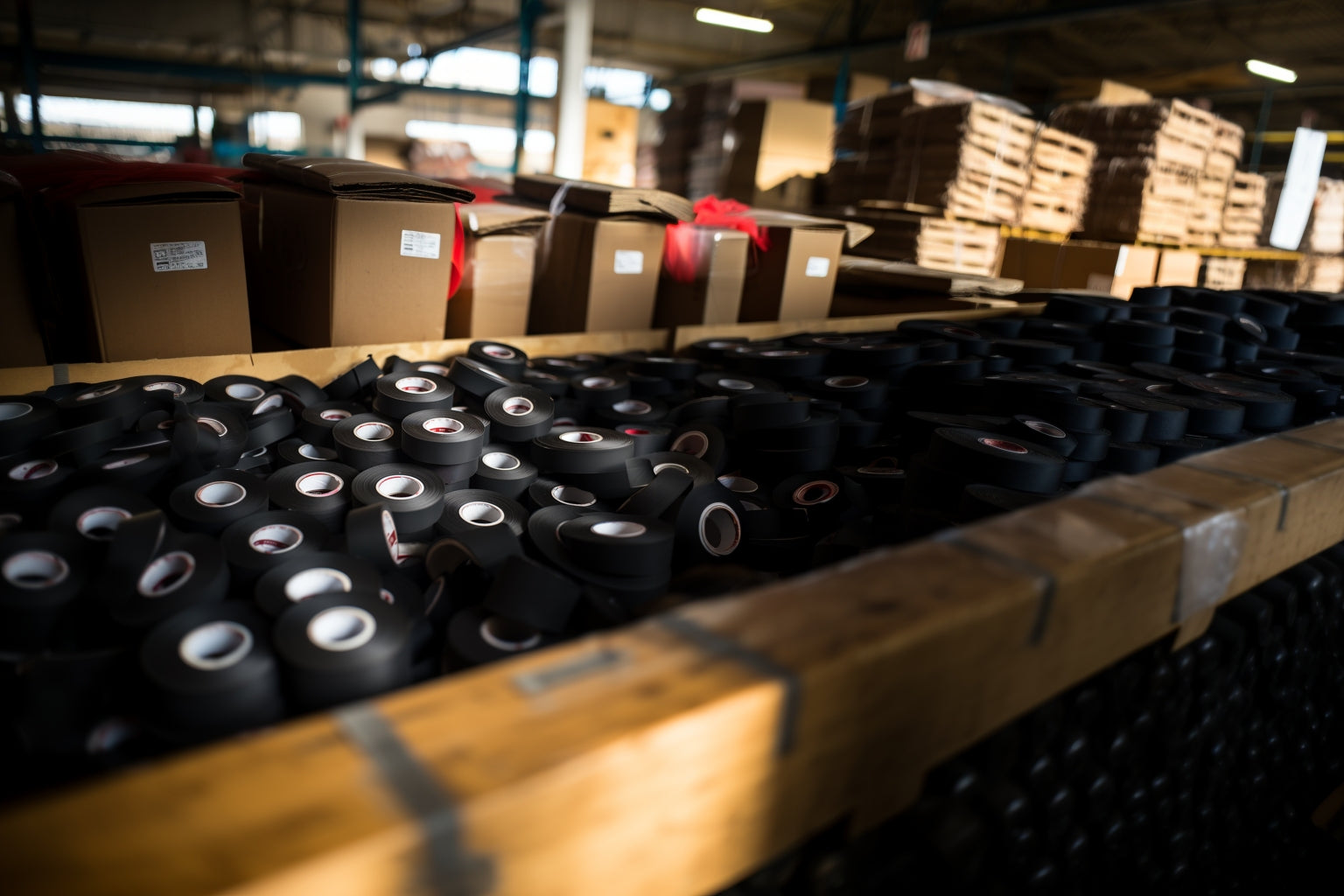Youth ice hockey is organized into several levels based on age and skill level. Here's the breakdown for new hockey moms and dads to the sport. These levels include:
- Mite - This is the entry level for players aged 8 and under. At this level, players focus on developing basic skills and learning the fundamentals of the game.
- Squirt - Players aged 9-10 compete at this level, where they continue to develop their skills and gain a better understanding of the game.
- Peewee - Players aged 11-12 compete at this level, where they continue to improve their skills and gain a more advanced understanding of the game.
- Bantam - Players aged 13-14 compete at this level, where they focus on becoming more competitive and preparing for higher levels of play.
- Midget - Players aged 15-18 compete at this level, where they focus on developing the skills needed to play at the junior and college levels.
- Junior hockey - This is for players aged 16-20 and serves as a stepping stone to professional and college hockey.
- National teams - The top level of youth ice hockey is the national teams level. This is where the most talented players from each country come together to compete in international tournaments such as the IIHF World U20 Championships (also known as the World Junior Hockey Championship)
These levels are not universally the same across the world, but the basic structure for youth ice hockey is similar. The goal of these levels is to provide a progression of skill development and competition for young players, and help them reach their full potential.
Youth hockey has seen a steady growth in participation numbers in the United States in recent years. According to USA Hockey, the governing body for ice hockey in the United States, the number of registered youth players has increased by 35% from 2010 to 2020. Additionally, the number of registered girls and women's players has grown by nearly 80% during the same time period.



